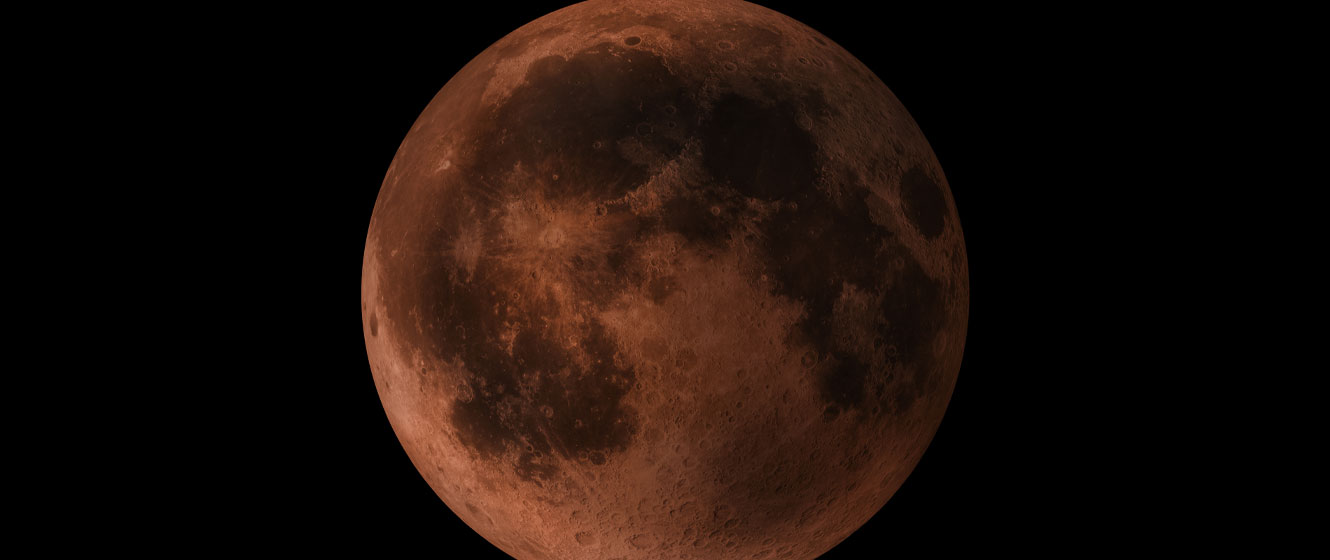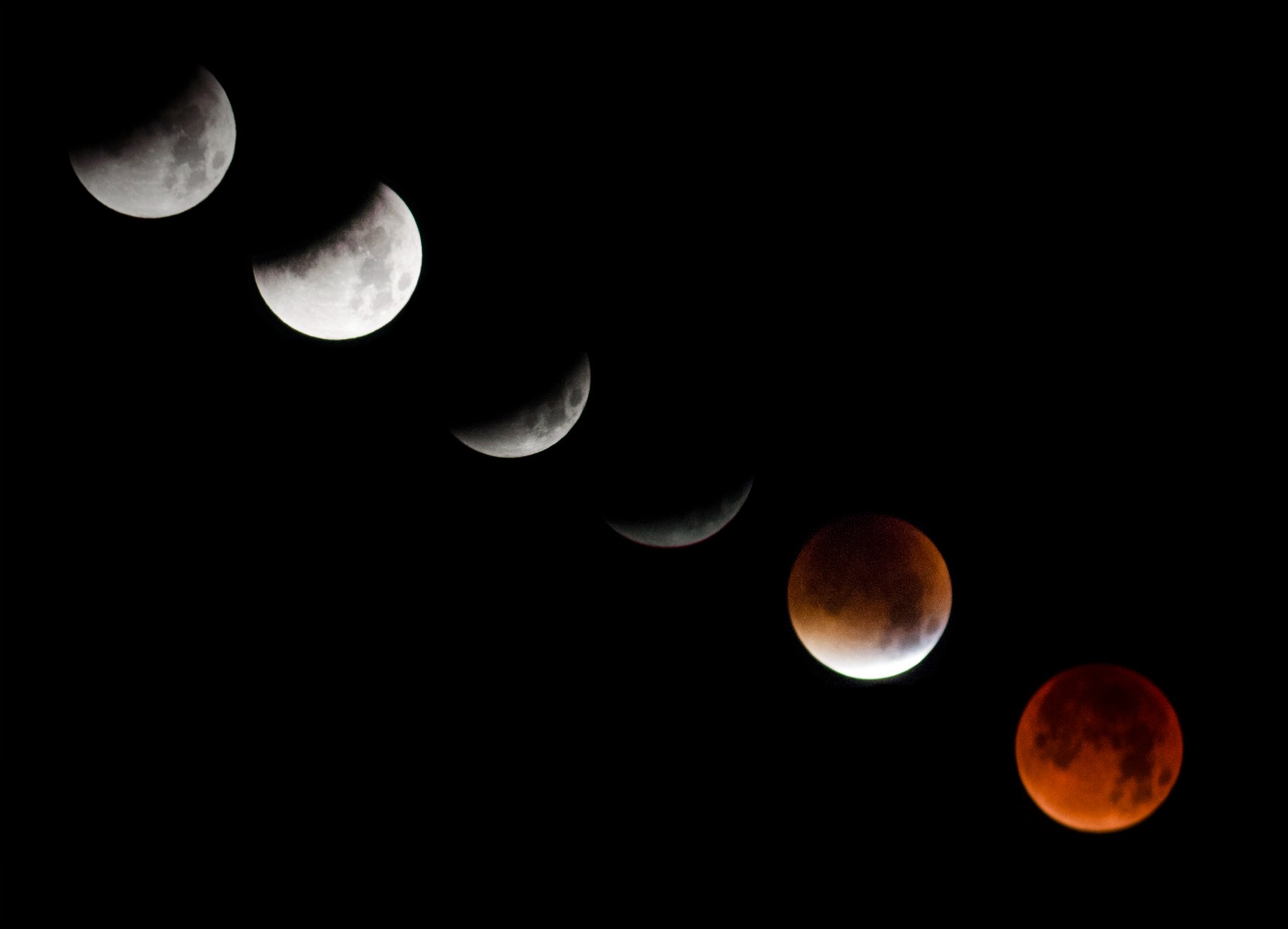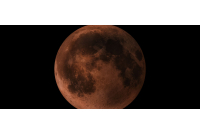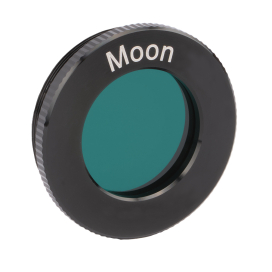
While it might sound like the title of a horror movie or the latest album from your favorite alternative rock band, a Blood Moon has nothing to do with either one. It does, however, have links to astronomy, but the name is still a little misleading. So what is a Blood Moon and when can you see one?
What is the Origin of the Term “Blood Moon”
Essentially, a Blood Moon refers to a total lunar eclipse. That’s when the Moon passes through the Earth’s shadow and typically turns a deep orange color. However, like the “Super Moon,” the term “Blood Moon” didn’t actually relate to anything astronomical until the media made the term popular in 2013.
That’s when it became linked to four consecutive total lunar eclipses between 2014 and 2015. This sequence - called a tetrad - has an unusual 600-year cycle. First, there’s a passive sub-cycle where no tetrads occur for 300 years. Then, for the remaining 300 years, there’s an active sub-cycle where tetrads crop up every 15 years or so. We’re currently in the middle of an active cycle, with the next tetrad occurring from 2032 to 2033.
Back in 2013, some believed this sequence to be a harbinger of disaster on Earth (just as ancient astronomers believed a singular eclipse had the same effect), but despite the lack of evidence, the concept took hold and the term “Blood Moon” remained.
Are Lunar Eclipses and Natural Disasters Linked?
The short answer is no. It’s natural for the human mind to see patterns and to link causes to effects. However, there’s no evidence to suggest that lunar eclipses predict (or cause) an upcoming natural disaster.
For starters, unlike a total solar eclipse - which is only visible to a relatively small number of people along the path of totality - a total lunar eclipse is visible to almost everyone on the night side of the Earth. And yet, any natural disaster that follows soon after typically only impacts the inhabitants of a specific locale. It would have to be a huge natural disaster for it to affect everyone who witnessed the eclipse!
But in case you need a little more convincing, let’s look at some of the world’s worst natural disasters and review the evidence.
- Haiti Earthquake - January 12th, 2010- When a magnitude 7.0 earthquake hit the island of Haiti, 200,000 people lost their lives. The most recent total lunar eclipse prior to this event was on February 20th, 2008. While this eclipse was visible from Haiti, it’s quite a stretch to link an eclipse to an earthquake that happened nearly two years later.
- Hurricane Katrina and New Orleans - August 29th, 2005- This infamous storm raged from August 23rd to August 31st and resulted in over 1,800 deaths and $125 billion in damage. The most recent total lunar eclipse occurred on October 27th, 2004, some ten months before the hurricane. It was visible from New Orleans, but there were also ten regular full Moons that came before the hurricane.
- Hurricane Andrew and Florida - August 24th, 1992- Almost exactly thirteen (unlucky?) years before Katrina, Hurricane Andrew made landfall as a category 5 storm. The impact? 65 people lost their lives and 63,000 homes were destroyed. The cost in dollars was more than 27 billion. The previous total lunar eclipse took place on February 9th, 1990 (more than two years previously) and it wasn’t even visible from Florida.
- Tohoku Earthquake and Tsunami - March 11th, 2011- This magnitude 9.0 earthquake was the largest in Japan’s history and was literally felt around the world. Over a million buildings were damaged or destroyed and tens of thousands were evacuated from the area. The total cost to the economy was estimated at over $200 billion. The most recent eclipse was on December 21st, 2010 and it was visible from Tohoku shortly after moonrise. However, there were two subsequent full Moons that occurred before the earthquake and tsunami.
- Sumatra Earthquake and Tsunami - December 26th, 2004- Another magnitude 9.0 quake struck the coast of Sumatra on the day after Christmas. Roughly a quarter of a million people in 14 countries died because of the combined effects of the earthquake and the resulting tsunami. The most recent total lunar eclipse was the same one that preceded Hurricane Katrina (two months before the earthquake and tsunami) but it wasn’t visible from Sumatra.
The conclusion? Total lunar eclipses and natural disasters occur all the time. Sometimes an eclipse is visible from a location that’s prone to natural disasters. Then, after an apparently random interval, a natural disaster occurs at that location. Is there a link between the two? None whatsoever.
Why Does the Moon Turn Orange or Red?
As mentioned above, during a lunar eclipse, the Moon passes behind the Earth and through its shadow. You’d be forgiven for thinking the Moon would disappear completely, but this obviously isn’t the case. So what’s causing the Moon to change color?

Even though the Moon is in the Earth’s shadow, it’s not completely in darkness. The Earth’s atmosphere bends sunlight but scatters the shorter wavelengths. As these wavelengths are at the blue/green end of the spectrum, this leaves the longer wavelengths (orange and red) to illuminate the lunar surface.
All the same, the term is still something of a misnomer, as the Moon rarely turns red. The vast majority of the time the Moon turns orange, but the depth of the color really depends on whatever pollutants are in the atmosphere at the time. These pollutants can block or even discolor the light, causing the Moon to appear darker.
For example, when Krakatoa erupted in 1883, it caused lunar eclipses to appear significantly darker for several years. Going back further, during the eclipses of June 10th, 1816, and May 18th, 1761, the Moon was so dark it seemed to disappear altogether.
Conversely, the total lunar eclipse of March 19th, 1848 was so bright that some observers refused to believe an eclipse was taking place at all!
Every lunar eclipse is a little different from the others. They occur at different times of the year, with different stars and planets nearby. They can be different colors and can be seen at sunrise, sunset, or throughout the night. Like everything else in astronomy, they’re there to be enjoyed and savored. So the next time you find yourself under a blood Moon, enjoy the show and remember - there’s no such thing as a bad moon rising.

Learn More
Interested in learning more about the Moon? Not sure where to begin? Check out our Astronomy Hub!
This Article was Last Updated on 08/16/2023













